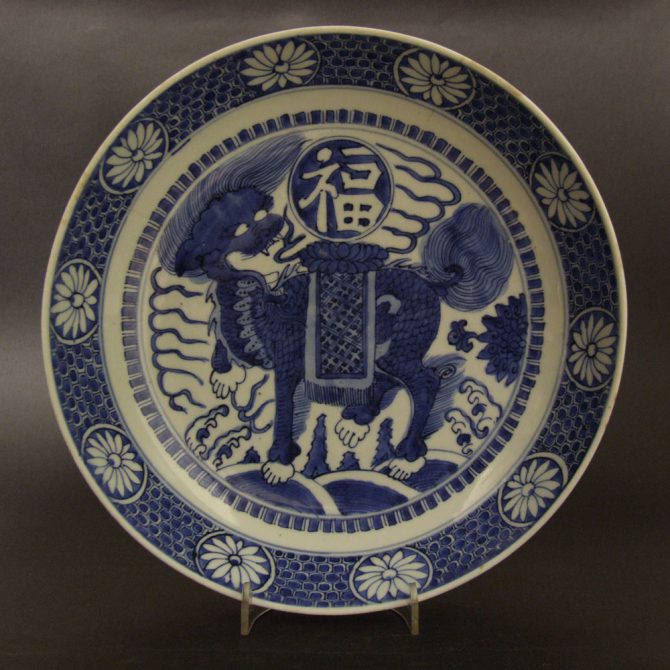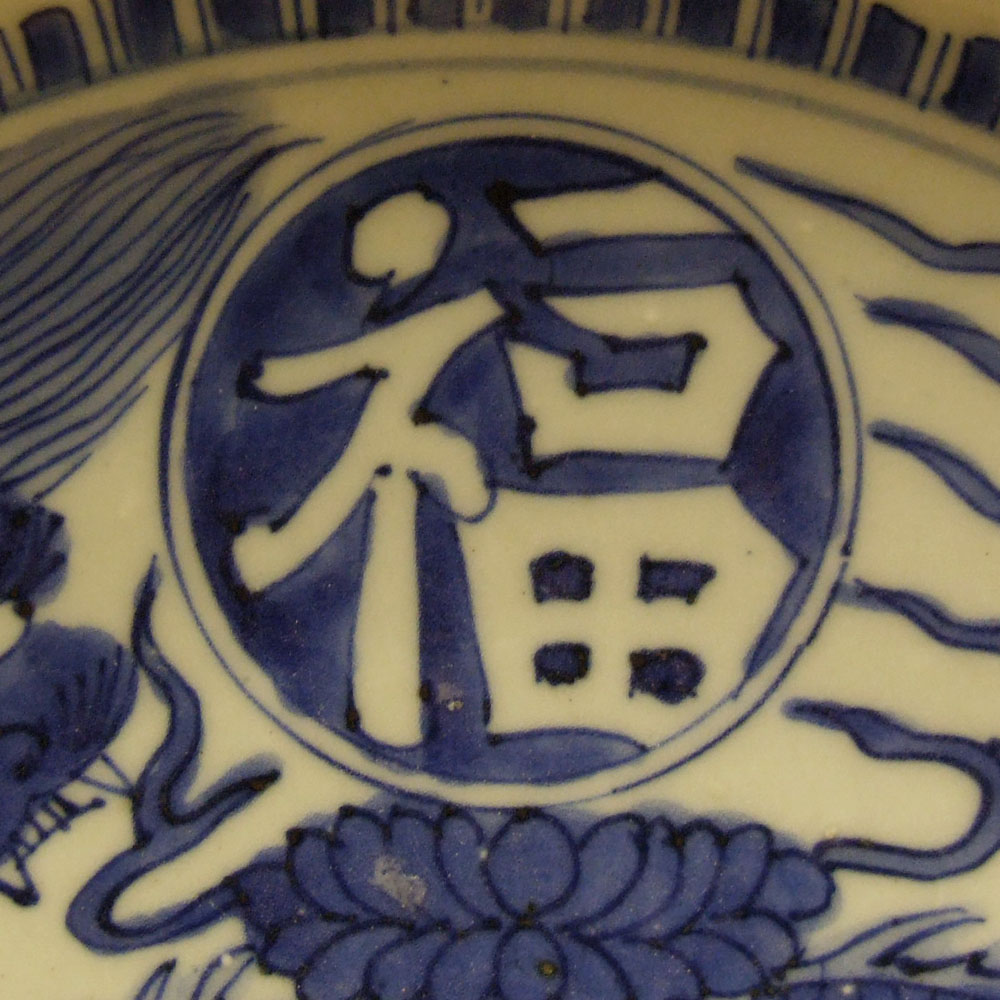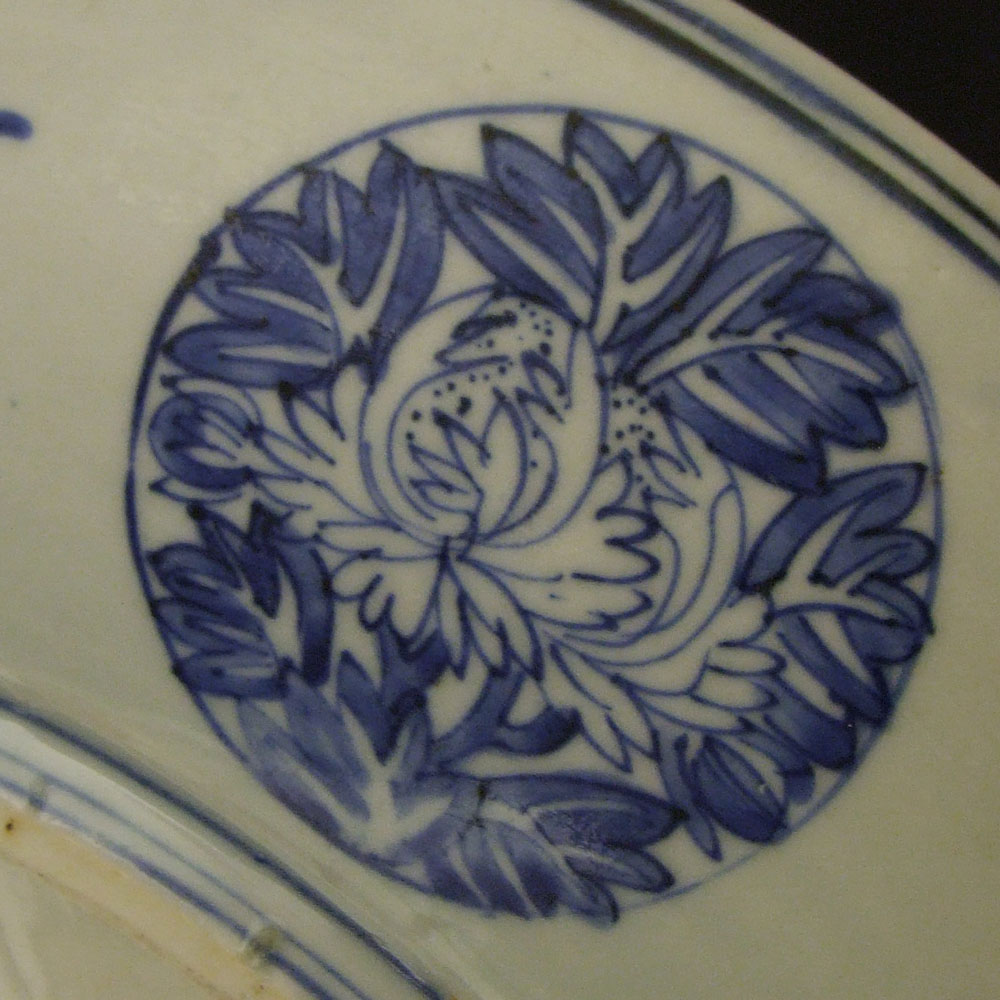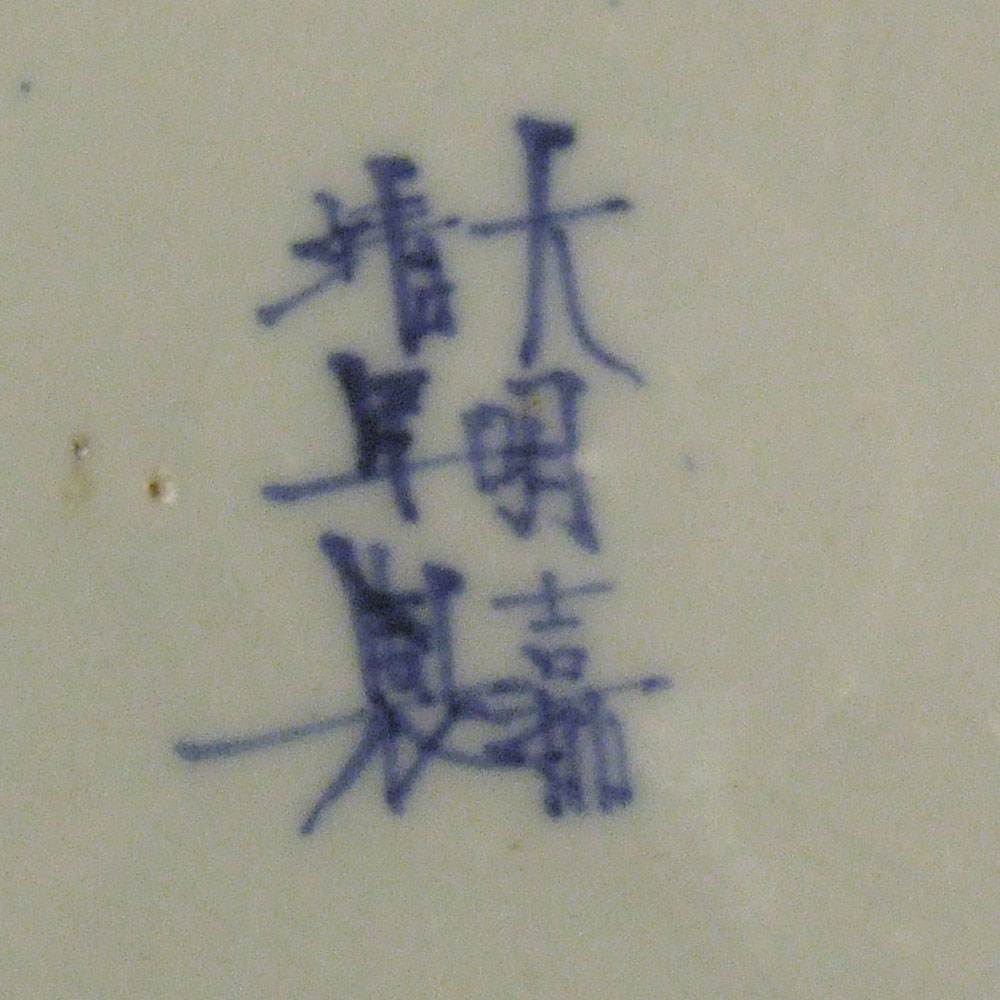
JIAJING 1522 – 1566. Ming Porcelain
A Ming Porcelain Dish, Jiajing Mark and of the Period 1522-1566. Decorated with a Qilin (Kylin) in the Center with a Lotus Supporting a Roundel Inscribed Fu Meaning Good Fortune, the Qilin (Kylin) is Walking Over Waves with Mountain Peaks Behind. The Border with Eight Lotus Roundels. The Base with Six Character Jiajing Mark and of the Period, 1522-1566.
SOLD
- Condition
- Two large rim cracks c.45 mm, chip to footrim. The surface scratched.
- Size
- Diameter : 23.5 cm (9 1/4 inches)
- Provenance
- N/A
- Stock number
- 21381
Information
Jiajing 1522-1566.
From the beginning of Jiajing's reign, he was infatuated with young women and Taoist pursuits. He was known to be a cruel and self-aggrandizing emperor and he also chose to reside outside of the Forbidden city in Beijing so he could live in isolation while ignoring state affairs. Jiajing employed incapable individuals such as Zhang Cong and Yan Gao, on whom he thoroughly relied to handle affairs of state. He abandoned the practice of seeing his ministers altogether from 1539 onwards and for a period of almost 25 years refused to give official audiences, choosing instead to relay his wishes through eunuchs and officials. This eventually led to corruption at all levels of the Ming government. Jiajing's ruthlessness also led to an internal plot by his concubines to assassinate him in 1542 by strangling him while he slept. The plot was ultimately foiled and all of the concubines involved were summarily executed.
Qilin or Kylin.
A Qilin (Kylin) is a mythical hooved Chinese chimerical creature. Despite its fierce demeanour it is a good omen that brings Rui (roughly translated as 'serenity' or 'prosperity'), longevity, illustrious offspring and wise administration. The scaly body has a dragons head, hooves and can appear to have fire issuing from its body. The male Qilin is called a Qi and the female a Lin. The male often has horns. These creatures carefully tread to avoid all living insects or destroy grass under foot, it is reputed to be able to walk on water as well as land. Qilin only appear to mankind when an emperor of the highest benevolence sits on the throne or when a sage is about to be born.
There is a strong argument that the Qilin is a stylised representation of the giraffe. This is because the Qilin is referred to only since the Ming Dynasty. The time of its first reference correspond roughly with the voyages of Zheng He, there were seven voyages between 1405 and 1433 (Zheng He lived c.1371–1435). It is known that on Zheng He's voyage to East Africa (landing, among other places, in modern-day Kenya), the fleet brought back two giraffes to Beijing. It is also known that these two giraffes were referred to as Qilins. The Emperor proclaimed the giraffes magical creatures, whose capture signalled the greatness of his power.
For a Jiajing or early Wanli Porcelain jar with similar type decoration see : Exhibition of Ming Blue and White Porcelain, The Drs.A.M. Sengers Collection (S.Marchant & Son, London, November 2001.) page 10 item 7.


